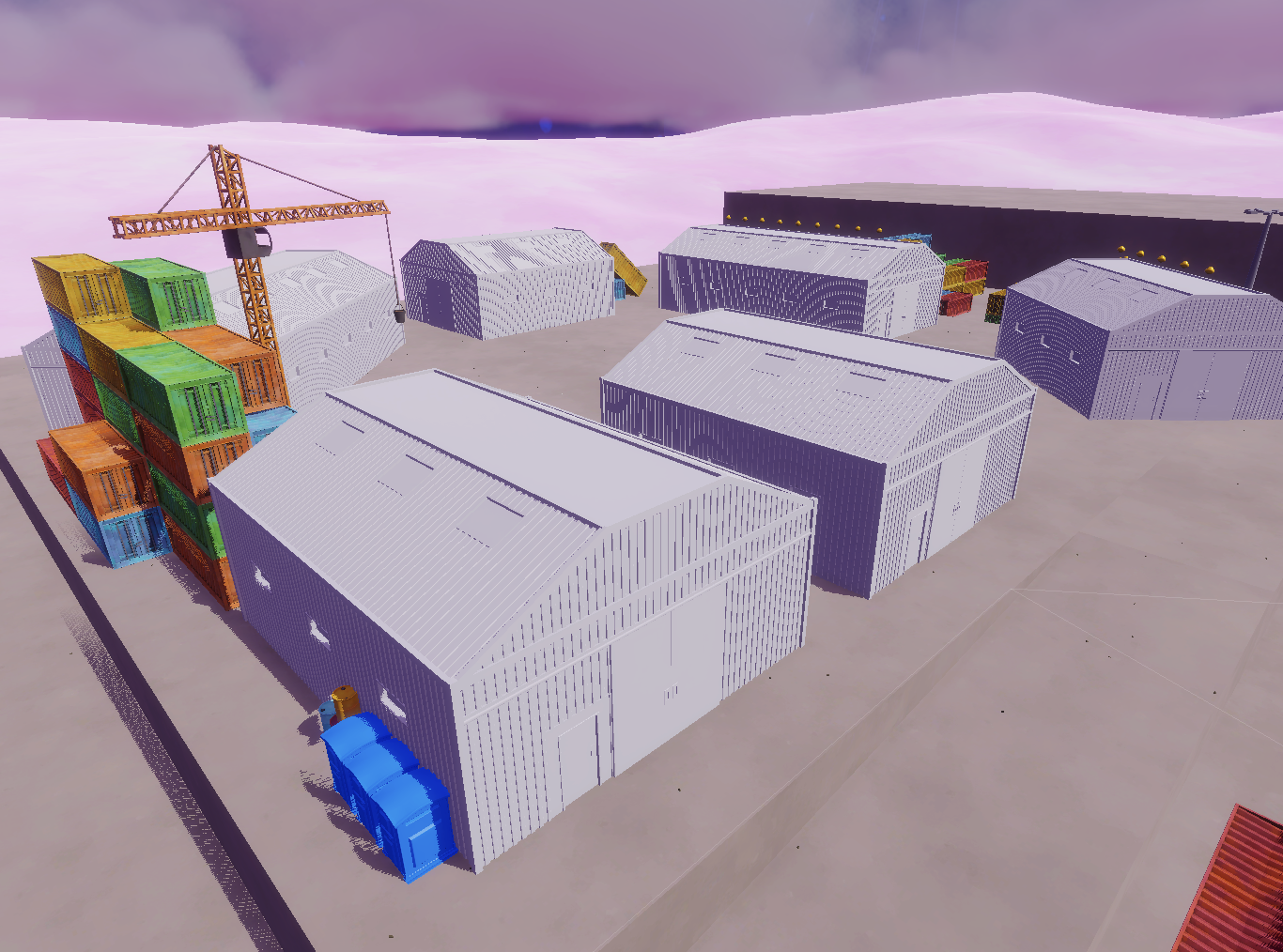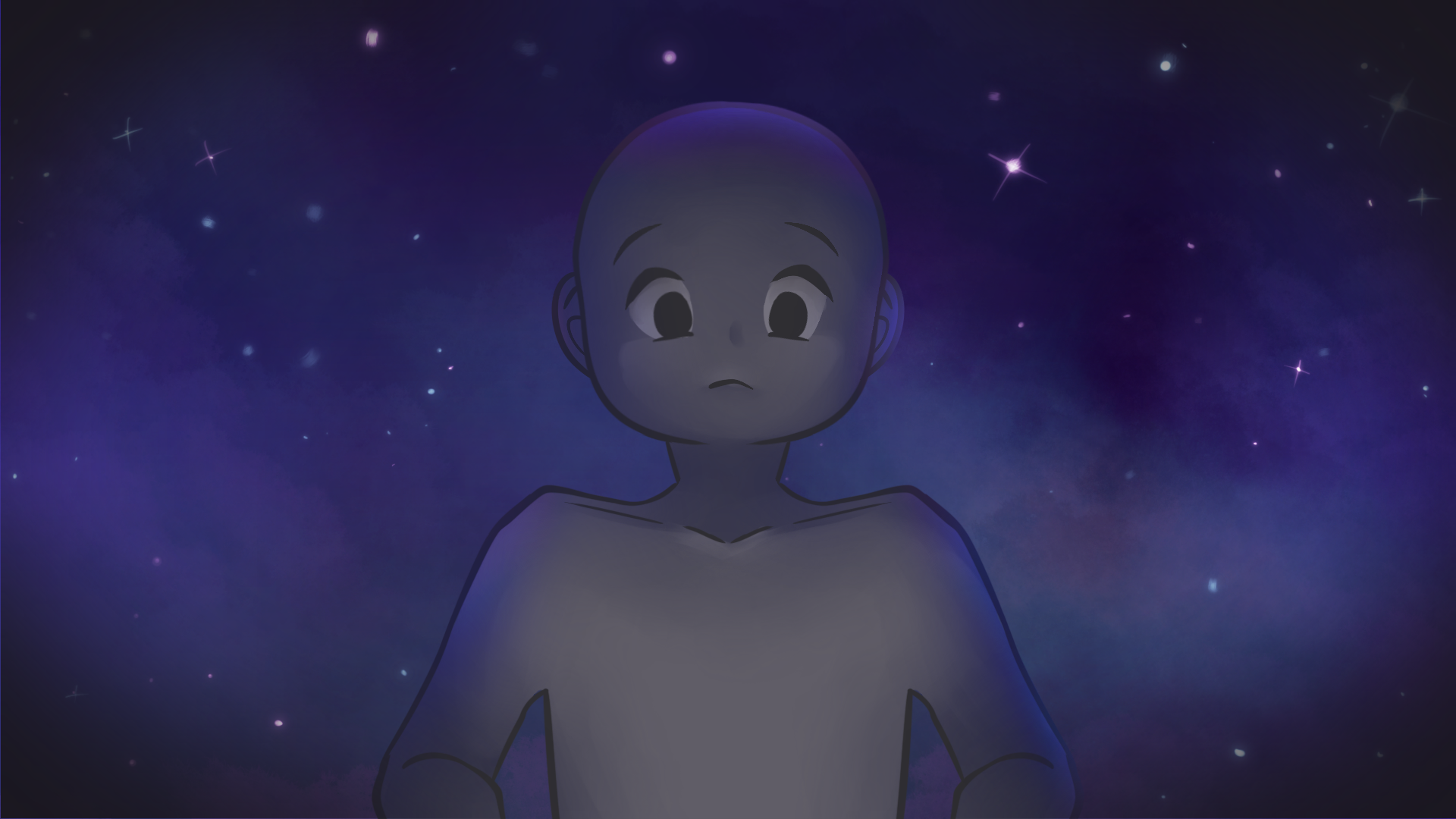Designer Devlog 4
Hello again! We’re over halfway there! With Sprint 4 done, we have three more sprints to go, and there’s still a lot of work left to do. We also had the amazing opportunity to have Alisha, a CAGD alum currently working in the industry, play our game. From that playtest, we learned that we need to reprioritize what we can feasibly finish while maintaining a high level of polish.
Through our playtests and my conversation with Alisha, I realized a few things about our game. First, the core movement system is genuinely fun. There’s an inherent sense of joy from bouncing around, and it was great to see players engage with that freedom and just bounce aimlessly. However, there are still a few physics issues that need to be ironed out, which has now become a main priority. Ensuring the movement feels polished and intuitive is one of our key focuses moving into the next sprints.
The main critique from playtesting was that our movement feels slightly off. Currently, when the player bounces off something, they’re locked into a specific trajectory. If they try to move with WASD while in the air, their movement acts as a child of that original trajectory. This means that when the player stops moving midair, they continue along the initial path. It feels unnatural, as making precise movements in the air becomes a struggle because you’re constantly fighting against the original trajectory. Fixing this system is our top priority in the next sprint.
Another point of confusion involves how awkward it can feel to pogo and then turn around midair to see where you’re going. Players experienced with FPS games seemed more comfortable with this type of movement, but those unfamiliar with similar mechanics relied on looking straight down to bounce and using WASD to move forward. The problem is that if the player isn’t looking exactly 90 degrees down, they end up getting pushed backward, and since air movement is so limited, players often land right where they started. To address this, I’m considering implementing a system where if the player is looking within a 75 to 90 degree range downward, the game will launch them directly upward. This should help players move more naturally without needing to spin around constantly.

We also realized the overworld needs to take better advantage of the movement system. The “playground” approach really resonated with playtesters, and it’s now a matter of designing new and unique structures that let players fully utilize the pogo mechanics. I think my issue so far is that I’ve only made structures that physically make sense, which limits how I design platforming puzzles. Moving forward, I want to experiment with more physics-defying layouts to bring more uniqueness and variety to the overworld.
With that shift in focus, we’ve decided to cut all of our sublevels. We realized it would take too much time to polish and thoroughly playtest those alongside the overworld. Instead, we’re incorporating the ideas we had for the sublevels into the overworld itself. This will make the overworld feel more substantial and allow us to put all our effort into one cohesive level.

In addition to playtesting and iterating on design, I also contributed some hands-on work to the game this sprint. I modeled and UV’d a few warehouse pieces, something that should’ve been finished weeks ago, but I managed to get them done quickly despite these unforeseen setbacks. While my main focus should be on design, these little side tasks help me mentally recharge. I’d forgotten how much I enjoy modeling, so it was a refreshing change of pace. I also added new elements to the overworld, including the Cloobits and Memory Fragments. My final contribution was implementing and testing the machine gun animations. Again, it was a bit of a side project, but it was genuinely fun and gave me something new to do besides placing cargo containers.
Get KickBack
KickBack
Jump high, shoot fast, and take your memories back!
| Status | In development |
| Author | CAGD |
| Genre | Platformer, Shooter |
| Tags | 3D Platformer, First-Person, Singleplayer |
More posts
- Producer Devlog 533 days ago
- Designer Devlog 533 days ago
- Producer Devlog 450 days ago
- Producer Devlog 361 days ago
- Designer Devlog 361 days ago
- Producer Devlog 275 days ago
- Designer Devlog 277 days ago
- Designer Devlog 189 days ago
- Producer Devlog 190 days ago

Leave a comment
Log in with itch.io to leave a comment.